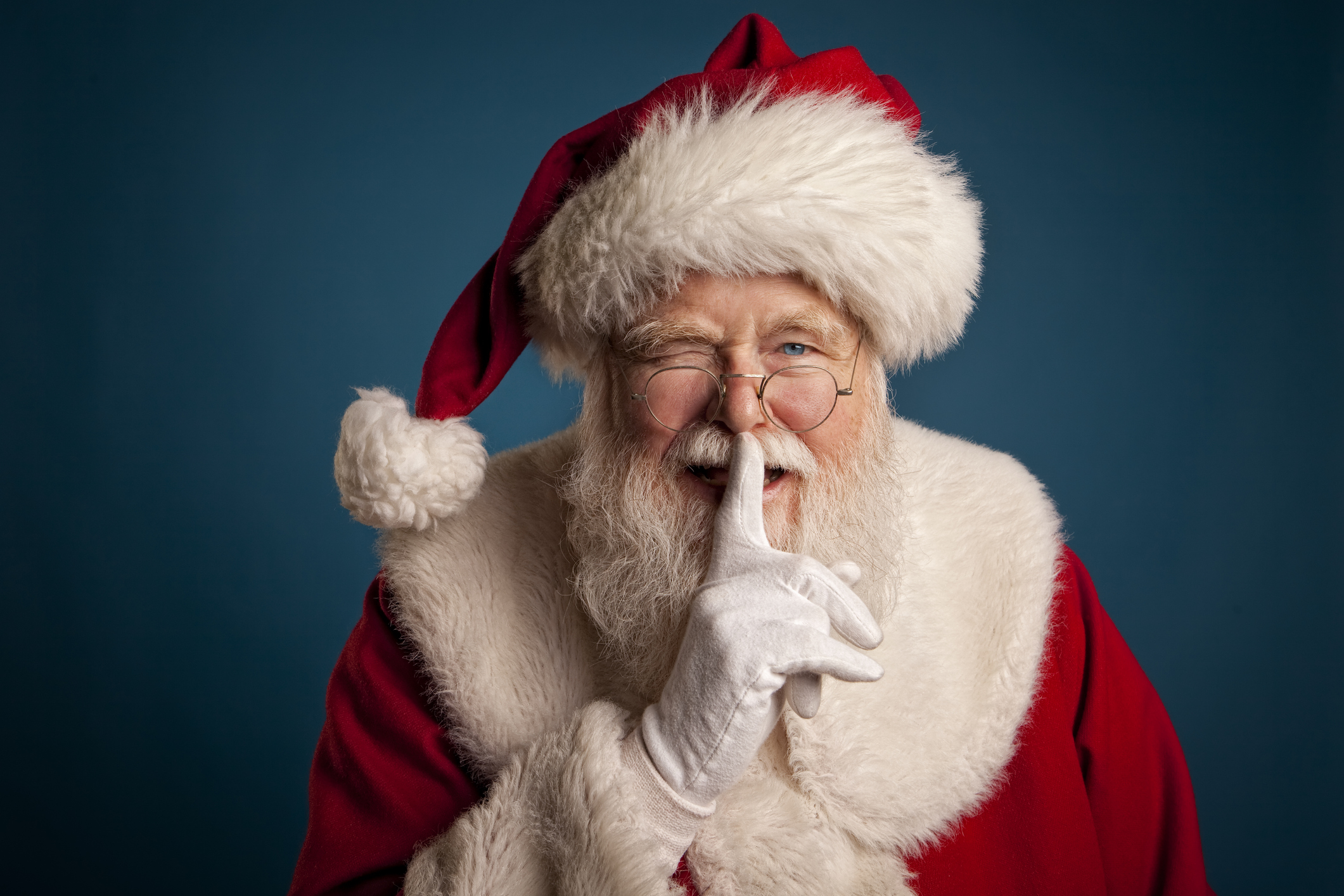The currency exchange rates that we see and use every day are nominal exchange rates. They tell us what we get if we swap a unit of one currency for another – for example, a pound-dollar exchange rate of $1.25 means that we get 1.25 dollars for every pound. This is all that matters if we are buying something from abroad or sending money internationally. But it doesn’t tells us everything we want to know about the value of different currencies.
For more insight into this, we can use the real exchange rate (RER), which combines the nominal exchange rate with the ratio of the price of goods or services in the two countries. Say that a burger costs $5 in the US, but £3 in the UK. Then the real pound-dollar exchange rate based on burger prices is 1.25×(3÷5)=0.75. This is lower than one, which says the pound is undervalued (the RER will be one if the burger costs the same in both countries once both exchange rates and local prices are taken into account).
In practice, a real exchange rate is calculated by using the price of a basket of goods and services (eg, a consumer price index) not one item. And we consider the trend in the RER index over the long term, rather than at a single point in time. Due to frictions such as trade barriers, transport costs or local taxes and their effect on price, the RER between two countries might persistently be higher (or lower) than one and what really matters is whether it is much higher or lower than usual.
MoneyWeek
Subscribe to MoneyWeek today and get your first six magazine issues absolutely FREE

Sign up to Money Morning
Don't miss the latest investment and personal finances news, market analysis, plus money-saving tips with our free twice-daily newsletter
Don't miss the latest investment and personal finances news, market analysis, plus money-saving tips with our free twice-daily newsletter
We are often interested in how cheap or expensive a currency is on a global basis. For this, we can consider its effective exchange rate (EER), which is an index that measures the nominal value of a currency against a basket of other currencies (eg, a country’s major trading partners). The real effective exchange rate (REER) is an index calculated in the same way using RERs and provides a measure of a country’s competitiveness. A low REER means its exports should be more competitive on price.
Get the latest financial news, insights and expert analysis from our award-winning MoneyWeek team, to help you understand what really matters when it comes to your finances.
MoneyWeek is written by a team of experienced and award-winning journalists, plus expert columnists. As well as daily digital news and features, MoneyWeek also publishes a weekly magazine, covering investing and personal finance. From share tips, pensions, gold to practical investment tips - we provide a round-up to help you make money and keep it.
-
 What is tracking difference?
What is tracking difference?Tracking difference is a useful figure to help you understand how a fund or portfolio is performing.
-
 Trading terms: The Santa Rally
Trading terms: The Santa RallyGlossary Will the Santa Rally result in its traditional December effect on global markets?
-
 What is Bitcoin?
What is Bitcoin?Bitcoin can take a little effort to get to grips with. Dominic Frisby explains just what it is, and why you should take notice of it.
-
Barbell strategy
Glossary A “barbell… investment strategy means weighting a portfolio towards the two extreme ends of an asset class with nothing in the middle.
-
Balance of payments
Glossary The balance of payments refers to the accounts that sum up a country's financial position relative to other countries.
-
Cost/income ratio
Glossary The cost-to-income ratio is a key financial measure, particularly important in valuing banks...
-
Index fund
Glossary Index funds (also known as passive funds or "trackers") aim to track the performance of a particular index, such as the FTSE 100 or S&P 500.
-
Real interest rate
Glossary A “real” interest rate accounts for the impact of inflation on a given rate of interest. It’s very important to your returns.



